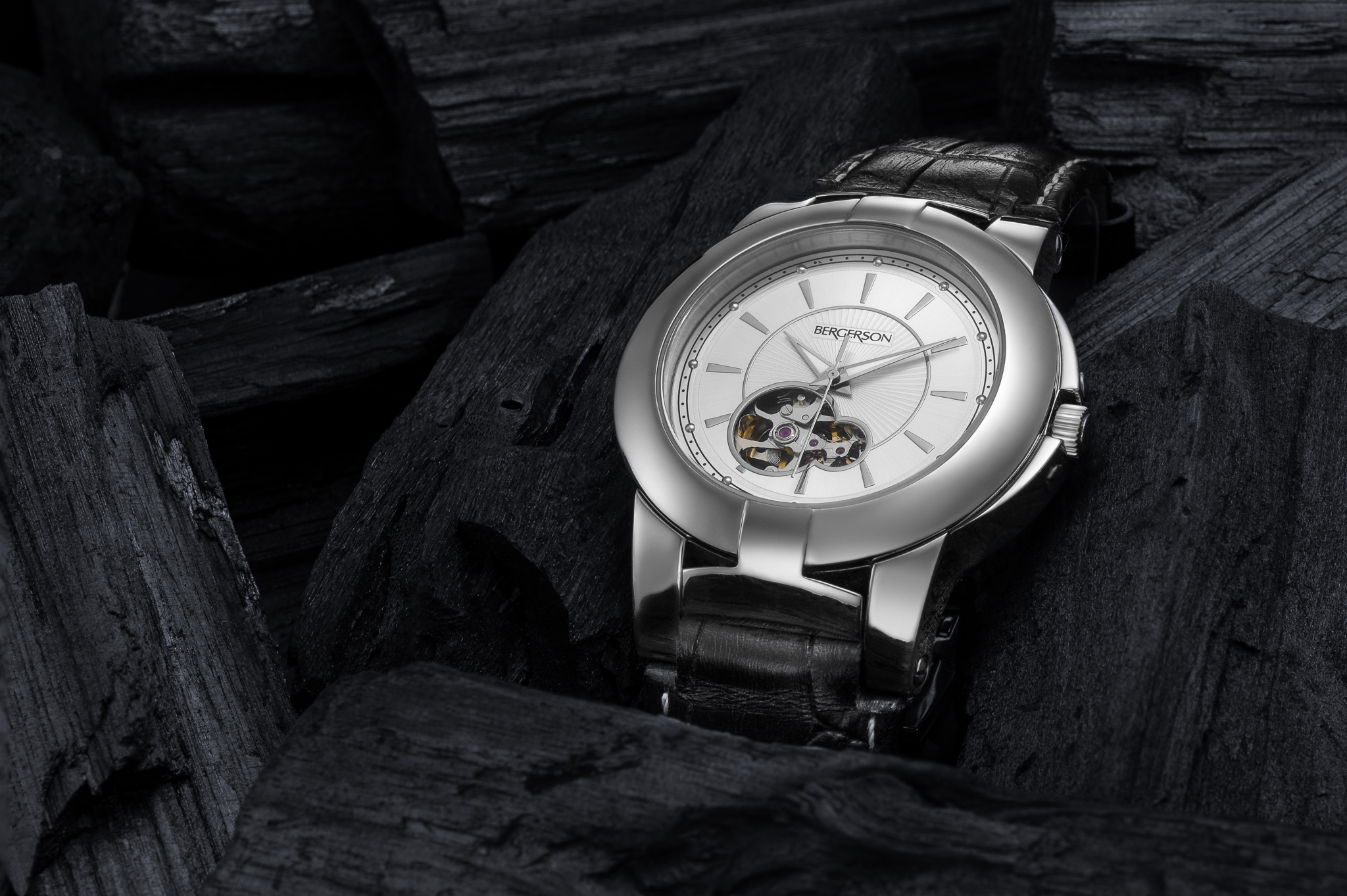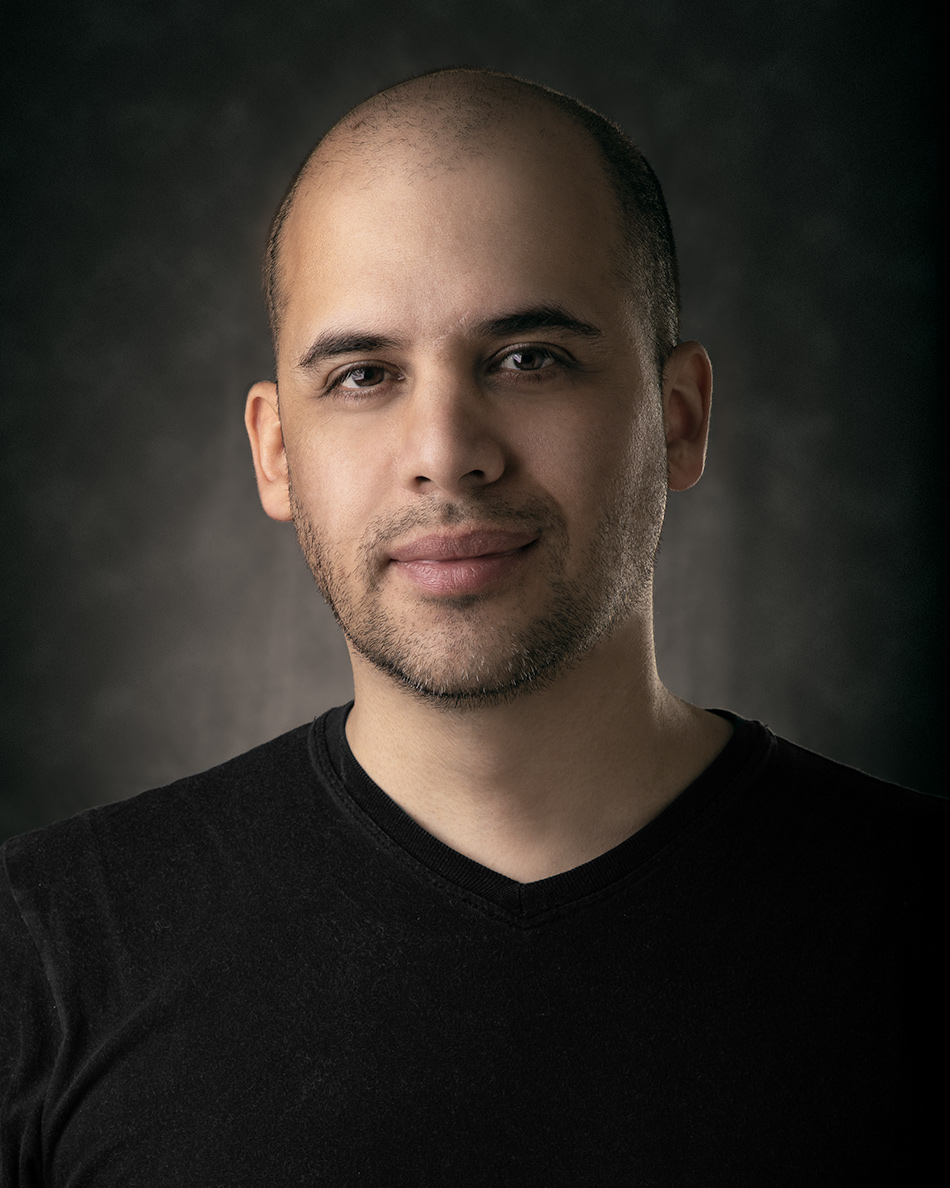Featured Interview
Belisario Roldan is a full-time commercial product photographer based in Blumenau, Brazil who started out as a graphic designer. He first became aware of Photigy nine years ago–a moment that helped transform his passion for photography into his profession. Since that time, he has continued to study and hone his skills and service a broad range of clients. We think his story will inspire you.
How did you get your start in photography?
I was always fascinated by photography. I remember I had my first camera when I was six years old. It was a toy camera that used 110 film. And that first experience was very disappointing because I had to wait for my parents to develop the film. And when I finally saw the results, there were a lot of blurred images caused by camera shake. It was a tiny camera so it moved when I clicked.
But it was when I got into university where I pursued my degree in multimedia graphic design that my interest in photography in a commercial context began to grow. One of my subjects was photography and during the course we had to build and improve our own pin-holes cameras. And with the pictures we had to make graphic design jobs. I remember it was fascinating to me. Somehow, I always had an early relationship between photography and advertising.
My first jobs in photography began when I started working with graphic design. I remember I preferred to take my own photos exactly as I had imagined them for my work. As I was earning some money, I was buying one by one all the stuff I needed to make my photos. And at the time, my space became more similar to a photography studio than a graphic design studio.
Is it your profession? How long have you been a working photographer?
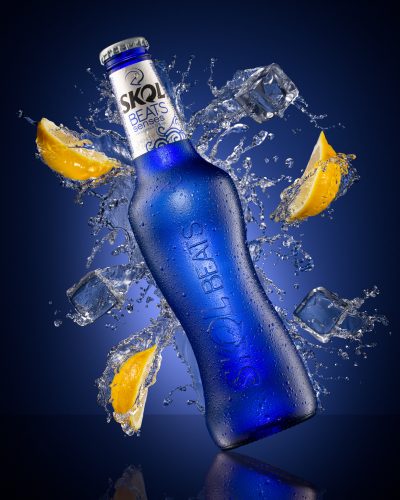 Photography as my full-time profession is something relatively recent. It started in 2017, when I decided to stop designing and coding websites. It was a real challenge, a difficult decision because even having good knowledge and equipment, at that moment my main source of income came from my job as a web designer. I was better known as a web designer and clients that hired me as a photographer were a minority at that time.
Photography as my full-time profession is something relatively recent. It started in 2017, when I decided to stop designing and coding websites. It was a real challenge, a difficult decision because even having good knowledge and equipment, at that moment my main source of income came from my job as a web designer. I was better known as a web designer and clients that hired me as a photographer were a minority at that time.
What types of photography services do you offer?
Today I’m working with Product photography: food, jewelry and beverage. I’m also working with 360 photography where I still use my knowledge in coding to develop the VR interfaces.
What helps set you apart from your competition?
Probably something that sets me apart from my competitors is my commitment to my jobs. For example, I spend a lot of time trying to understand the subject I’m going to work with. How does it work, its strengths and weaknesses, what is its place in the market, and what is the marketing strategy context in which the product is inserted. I think all these types of things comes from my career in graphic design.
On the other hand, I think I have total dedication and perseverance in studio. As you know, many times results do not appear on the first attempt. Well, I can fail the first time, the second, third, fourth, I can fail thousands of times, but at some point I can overcome the challenge and reach that result I wanted.
What are your goals (or plans) as a photographer?
I think we need to be careful with goals and those levels to reach. They can be a trap in your life; you can have both, but they never can paralyze your professional life. In my case, for example, I lost a lot of time believing that I didn’t have the level necessary to dedicate myself full time to being a product photographer. Personally, I feel that I don’t have the level I would like to. I don’t know if one day I will not feel that. So I cannot stay wasting my time feeling that I’m not ready for the market. I think the market needs all levels of photographers. You can be ready from the moment you decide to offer your services with responsibility and total dedication and commitment to offer the best you can do.
I think that in the evolution of this profession, something similar happens when you begin to learn about lighting. At the beginning, we all look for the perfect light, and when you finally find the perfect light, you realize that it is super boring — there is light everywhere. So then you understand that a perfect light needs some drama, shadows, brightness, reflections and refractions. The same happens with you as a professional. This is not exactly as you idealized, but about how you are adapting yourself with achievements, failures and all types of experiences.
My goals as a photographer is never to settle with the first result, never get into autopilot mode or remain in the comfort zone. I wish to try new things working with clients who are willing to work with a professional with my profile. I wish I could take the time to research, to learn, and spending time in studio doing my lab work.
What made you decide to pursue product photography? 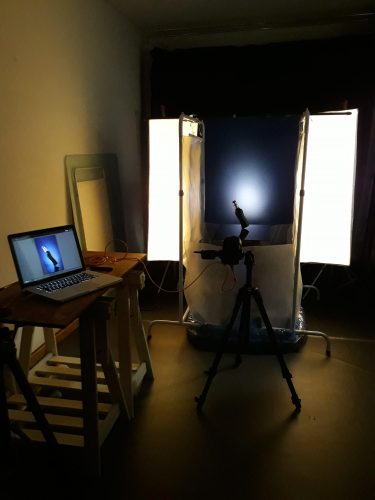
I can answer that question in a very simple way: “I was always fascinated by product photography.” I remember leafing through magazines and seeing amazing photos of watches and perfumes and I thought that pursuing the graphic design career would be great. But my interest always returned to product photography, and when I started working with it I discovered how it made me happy.
In the beginning, when I started working with this, I stopped many times to think, “Oh god, I don’t have all the gear that I need,” or “I don’t have a big enough studio,” or “This market doesn’t have a significant demand,” or “Competitors are better than me,” and so many other ghosts that photographers love to idealize.
And what made me persist was to realize that all these things are just ghosts; none of them make you fail. What makes you fail is simply giving up easily, not being willing to try, not taking the opportunity to make mistakes and to learn from them. And then I break that myth that says, “Choose a job you love and you will never have to work a day in your life.” In this profession, like any other one, you have to be willing to work hard, never give up and learn to be patient to see results not tomorrow, not the day after tomorrow, but in due time.
How many product photography courses or workshops have you taken through Photigy?
Do you have a favorite course or workshop?
I’ve seen every workshop I could. My favorites ones are about jewelry, drinks and all the stuff with splashes. But I can’t say exactly which one could be my favorite; I mean, in every course there is always something to learn, even when the course is not directly related to the type of photography that you do. In every course there is something you can extract: ideas, concepts, tips, inspirations, professional gear, DIY accessories — there is a lot of content that you can take to improve what you do.
When you first got started, what did you find to be the most challenging aspect of photographing products?
I can tell a little but remarkable story for this answer. I was working on developing a website for a lamps store and it came to my mind to make a creative photograph for the home page. But at the time I had no studio; I worked in my apartment with only 28 square meters, so to take the picture, I needed the space used by my bed. The idea was to lift the mattress against the wall and cover it with a black sheet and use it as the background. I had only one flash, so I used a mirror to simulate a second light. And at the end, I got the picture mixing flash with long exposure in dark ambient shooting at night and using the light painting technique with a light brush I made. The final image was fantastic. My client loved it and they used the photo for years as a kind of identity. I didn’t expect that.
And I think that something of that remains until today; the challenge in product photography is that sometimes there is no step-by-step method to get the result, even more so with a creative work. You can spend years learning how light and material works but at some point, you will come across something you don’t know how to do. You will have to develop a method to solve it, and maybe you will become an expert with that.
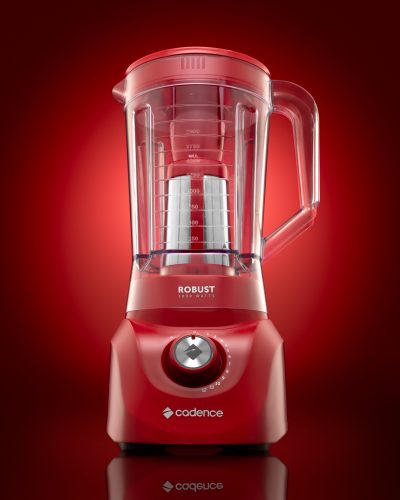
What specialty in product photography interests you the most (beverage, food, jewelry, cosmetics, etc.)?
I think the experience of working with liquids is awesome; it’s where I have more fun in the studio. And at the same time, it’s one of the most tricky. Jewelry is amazing too. I love it because it’s a meticulous job and that just has to do with me. Something similar happens with cosmetics. In the end, the type of product photography does not matter, just the freedom I have to create something really good and challenging.
How has your learning experience with Photigy affected your success as a photographer or pursuit of photography?
Definitely my involvement with Photigy throughout my work is tangible. Not only because my jobs have been improving over time, but also because it [Photigy] works like a source of inspiration. Like a place where I can renew the desire to face new challenges, try new things; it is all there in one place. And all these experiences and contents are designed exclusively for product photographers of all levels. This is what makes it unique. I really hope Photigy continues doing well and helps other photographers in the same way it has for me.
One more time, thank you very much Alex and Photigy for this opportunity and for all these years of experiences. Please, never stop doing this!
About Belisario
Courses Taken:
Check out more of his creative photos at his website:
and follow his on social media:
Instagram: @belisarioroldan

